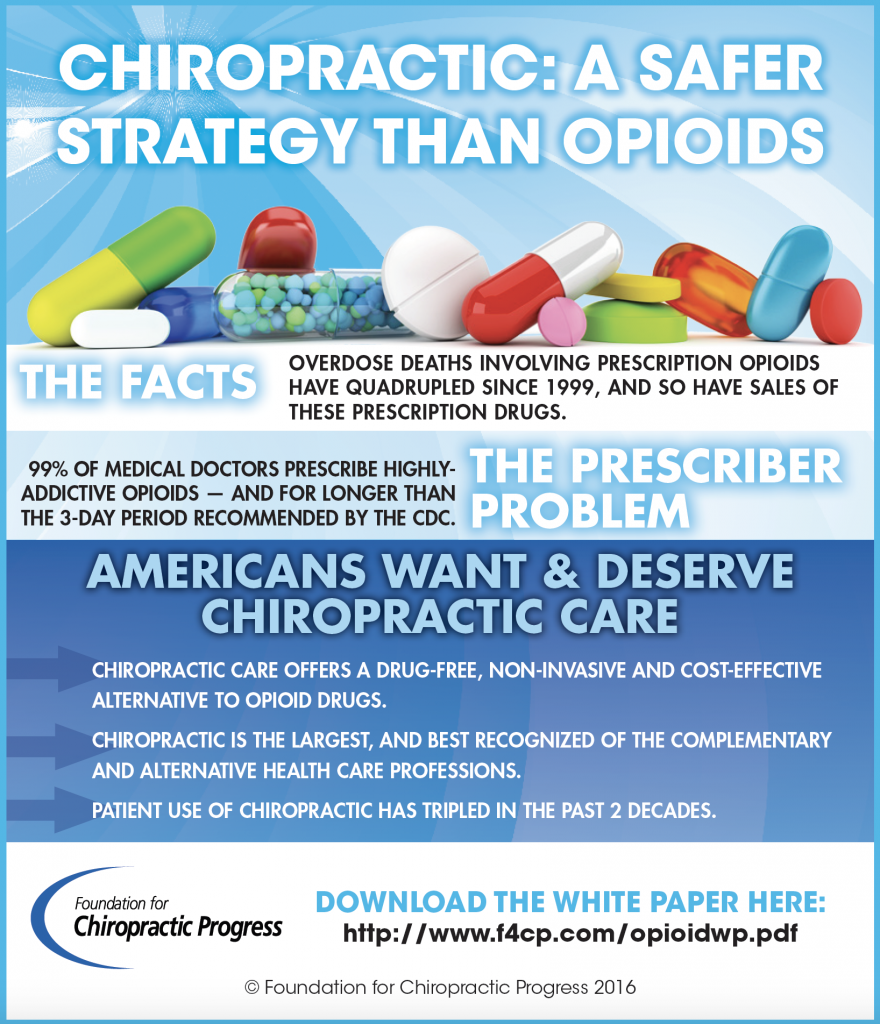Prepare Yourself To Look Into The Interesting World Of Mobile Interactions In Cold Laser Treatment And Just How It Uses Light To Assist In Healing. Take A Much Deeper Dive Into The Clinical Facets!
Prepare Yourself To Look Into The Interesting World Of Mobile Interactions In Cold Laser Treatment And Just How It Uses Light To Assist In Healing. Take A Much Deeper Dive Into The Clinical Facets!
Blog Article
Material Develop By-Dougherty Roberson
You may have become aware of cold laser treatment as an appealing treatment option for numerous conditions, but have you ever questioned exactly how it in fact deals with a cellular degree? Understanding the devices behind this therapy can shed light on its performance in promoting recovery and decreasing inflammation. By checking out the scientific research behind cold laser therapy, you'll get understandings into the fascinating methods which light can affect cellular procedures and facilitate cells repair.
How Cold Laser Treatment Functions
To recognize exactly how cold laser treatment works, you require to realize the essential principles of how light power engages with biological tissues. click here for more , likewise referred to as low-level laser therapy (LLLT), makes use of particular wavelengths of light to permeate the skin and target hidden cells. Unlike the intense lasers made use of in procedures, cold lasers release reduced degrees of light that don't create warm or create damage to the cells.
When these gentle light waves reach the cells, they're soaked up by parts called chromophores, such as cytochrome c oxidase in mitochondria. This absorption causes a collection of organic reactions, consisting of boosted cellular power production and the release of nitric oxide, which boosts blood circulation and minimizes swelling.
Additionally, the light power can likewise stimulate the production of adenosine triphosphate (ATP), the energy currency of cells, aiding in cellular fixing and regeneration processes.
Fundamentally, cold laser therapy takes advantage of the power of light energy to promote healing and ease pain in a non-invasive and mild manner.
Mechanisms of Action
How does cold laser treatment actually work to generate its restorative impacts on organic cells?
Cold laser therapy, likewise referred to as low-level laser treatment (LLLT), operates through a procedure known as photobiomodulation. When the cold laser is applied to the skin, the light energy passes through the cells and is soaked up by chromophores within the cells.
These chromophores, such as cytochrome c oxidase in the mitochondria, are after that boosted by the light power, resulting in a cascade of biological reactions. One key mechanism of action is the improvement of cellular metabolic process.
The absorbed light power enhances ATP production in the mitochondria, which is essential for cellular function and repair service. Furthermore, cold laser therapy aids to decrease swelling by preventing inflammatory mediators and advertising the launch of anti-inflammatory cytokines.
lasers greenwich anti-inflammatory result contributes to discomfort relief and tissue healing.
Therapeutic Effects
Comprehending the restorative impacts of cold laser treatment involves acknowledging just how the boosted cellular metabolic process and anti-inflammatory properties add to its positive end results on biological cells.
When the cold laser is applied to the affected location, it stimulates the mitochondria within the cells, bring about boosted manufacturing of adenosine triphosphate (ATP), which is essential for cellular function and repair work. stamford laser blood vessels in mobile power increases the recovery procedure by promoting tissue regeneration and reducing swelling.
Moreover, the anti-inflammatory properties of cold laser treatment assistance to lower discomfort and swelling in the targeted location. By inhibiting inflammatory mediators and promoting the launch of anti-inflammatory cytokines, cold laser treatment aids in minimizing pain and boosting the total recovery action.
This reduction in inflammation not just provides immediate alleviation but also supports long-lasting tissue repair service.
Conclusion
In conclusion, cold laser therapy functions by promoting mobile repair service and tissue regrowth through photobiomodulation. Its anti-inflammatory homes give discomfort relief and minimize swelling by inhibiting inflammatory conciliators.
This treatment uses a detailed approach to healing, providing both immediate alleviation and long-lasting tissue fixing benefits.
Via its mechanisms of action, cold laser therapy shows to be a reliable and promising treatment alternative for a selection of problems.
